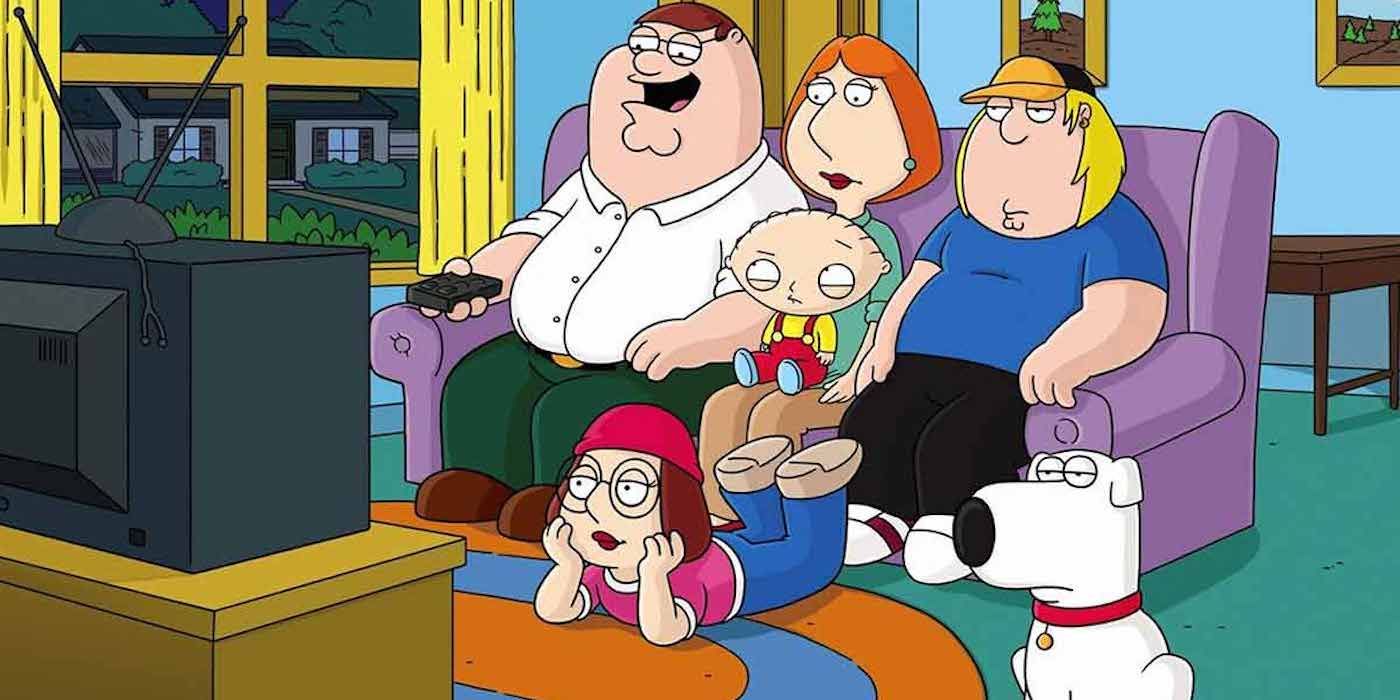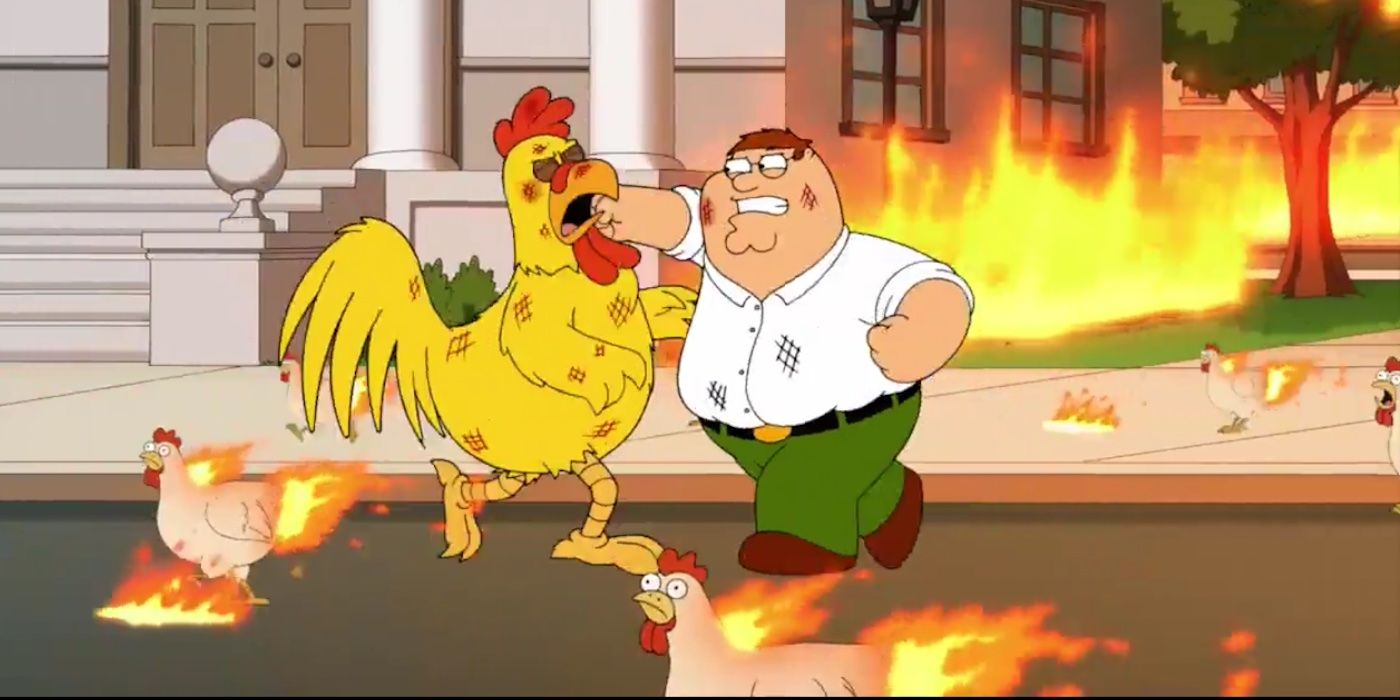Family Guy has been on the air since 1999 and is often in a coveted day/time slot. It has won a myriad of awards including 9 Emmys but also earned many FCC complaints. The show has offended almost everyone. Other animators insist that the show is problematic. In the age of “cancel culture” where people tend to be more offended by everything, how is Family Guy still going? Much like how everyone in the family can understand the talking dog, but not the talking baby, Family Guy is in on the joke.
In case you are new, Family Guy is a show about a small-town family headed by an inept patriarch, Peter Griffin (voiced by creator Seth MacFarlane), his pitiable wife, Lois (voiced by Alex Borstein), the dumped-on daughter, Meg (Mila Kunis), the oafish eldest son, Chris (Seth Green), a weird, randomly British, talking baby, Stewie (Seth MacFarlane), and the dog that is the voice of reason, Brian (also MacFarlane). The show is famous for its bizarre cut-aways, zany characters, and bringing odd bits of Americana back to the surface of our own collective, such as the 1963 song by The Trashmen, “Surfin’ Bird.” You probably have “the bird is the word” stuck in your head now. You’re welcome.
The show is just ridiculous enough that people tend not to take it too seriously. Family Guy knows its place as an animated comedy for adults. In a world where a human male gets into fistfights with a rooster, where people survive horrific accidents unscathed, and where a talking dog can write a book and drive a car, you can’t take anything too seriously. You have to take what you are seeing at face value, even if it is an oddly shaped face. Speaking of oddly shaped faces, Peter’s best friend, Glen Quagmire (also MacFarlane), probably couldn’t exist in any other space but an adult cartoon. He is an epic caricature of toxic masculinity. Although he does soften a bit as the show progresses, he remains a sore subject. He wasn’t named after a hazardous situation for nothing.
Nowhere else will you see a dog and baby time travel back to Nazi-occupied Poland, meet Hitler, and subsequently buy uranium from “Mean” Joe Greene after an escape scene reminiscent of Back to the Future. In any other dimension, this would be problematic. Alas, the world they live in does not exist. Like the time when the Griffins had a “racist sunflower” that said inappropriate things to Cleveland (Mike Henry): It could never happen in real life, so it seems fine to laugh at it in a cartoon bubble.
Family Guy knows it has a wide audience and uses it to its advantage. This kind of show will not appeal to everyone, but it doesn't;t aim to appeal to just one demographic. It is not the type of cartoon that young kids should watch, but it is the type of cartoon that the Gen Z crowd probably secretly watched on their parents’ DVR and are now old enough to be a part of the coveted 18-34 demographic. But their parents are probably still watching, too. Family Guy hasn’t forgotten the Gen Xers and Yers that they originally appealed to or the Millennials stuffed between. They tailor their themes, pop culture references, and maturity level to those nuanced groups.
Because of those nuances of their audiences, Family Guy takes risks and is safer in the risks. The wide audience has likely protected them from the backlash that other shows would have faced under similar circumstances and likely leads to a mentality of forgiving a snafu once in a while if it is in the name of comedy. Although the viewership waxes and wanes, apparently, they come back for more; because most of the time, the risk pays off more than complacency and not challenging the status quo. Plus, it is still funny.
Almost every episode has a spoof of or a reference to some classic piece of pop culture: The pencil drawing of Chris in A-Ha’s 1985 video, “Take On Me,” and several scenes that give a nod to Fast Times at Ridgemont High or Star Wars, and even the time when Peter gave the old-hat, dismissive The Godfather critique, “It insists upon itself.” They introduce a few Millennial stereotype characters that can appeal to different demographics and also include takes on current events such as removing an offensive statue and the use of the sunflower emoji.
The show is also an equal opportunity offender. Family Guy has offended almost everyone. They have offended almost every religion, ethnic group, gender, disease sufferer, the LGBTQ community, and both sides of the political spectrum, just to name a few. The show even pokes fun at cancel culture. In Season 16, in the 18th episode titled “HTTPete,” a self-righteous, Millennial hipster employee who calls everyone “bruh,” is hired to lead the social media team at Peter’s brewery and fires someone for asking what a trigger warning is. Yet in doing this, Family Guy does not pander to cancel culture mentality. They are illustrating in an entertaining, non-preachy way that no one group gets to decide what gets to be offensive; thereby allowing entitlement to take a backseat to humor.
This keeps it relatable. It also makes hard subjects easier to process. When audiences feel themselves in caring fatigue and burnt out from always being politically correct, this show can give them a good laugh and maybe reignite their spark. It gives our brains a break. It takes serious moments, serious ideas, and current events and boils them down to smaller, more digestible bites. Sometimes, the mark is missed and people feel like it is too soon, but sometimes they hit the mark. For every joke that repels, there is one that attracts. Family Guy is an animated comedy that is just trying to be an animated comedy. And we should enjoy for what it is.




